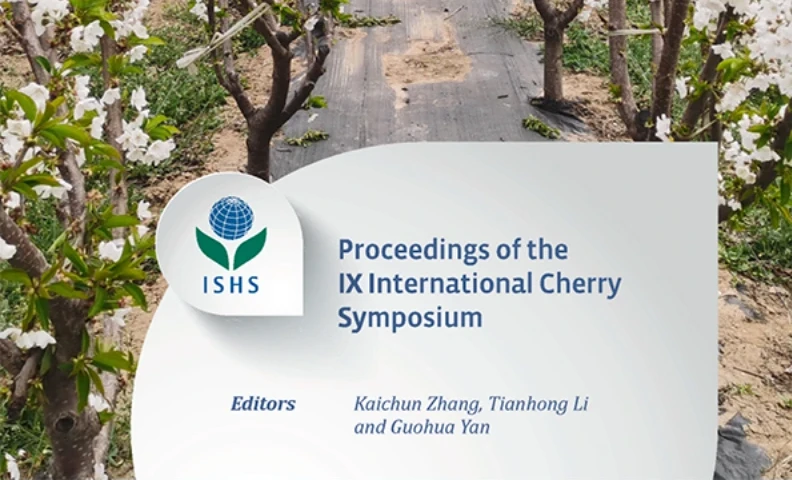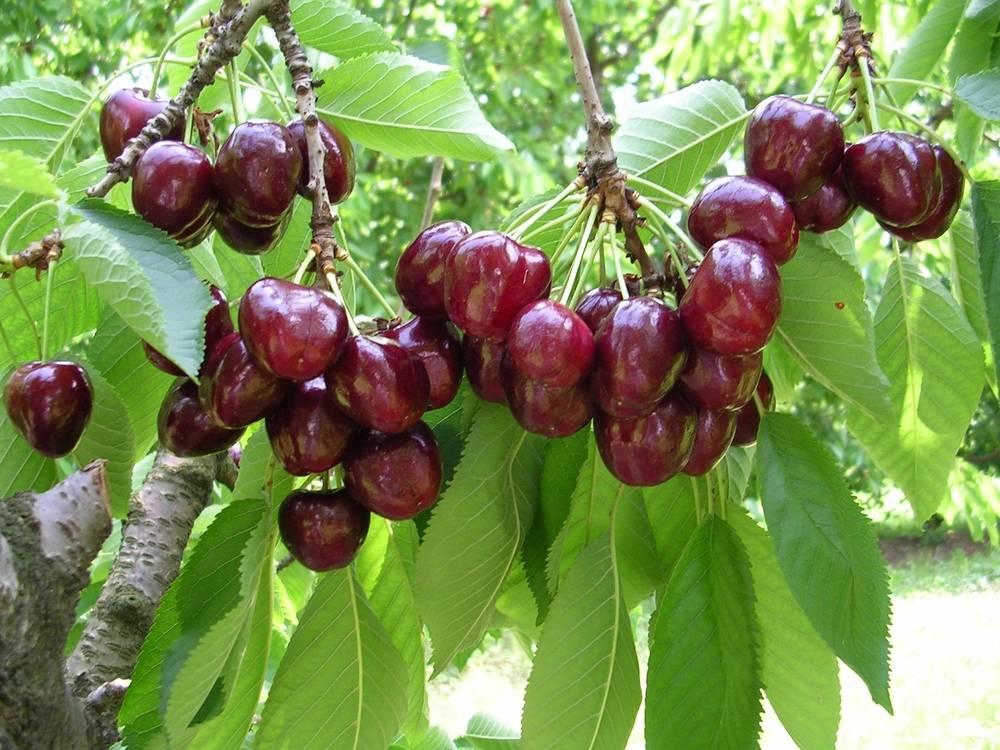Today, the protection of intellectual property has become a fundamental issue for businesses, especially in the agricultural sector. When it comes to products like cherries, it's crucial to ensure that the brand and packaging are adequately registered and protected in key markets like China.
China plays a crucial role for global producers and exporters of cherries. In the 2023-2024 season, Chilean cherry exports to China reached a record 377,000 tons. This marks a 3.3% increase from the previous season, according to information provided by Red agrícola. This opportunity also necessitates safeguarding our investments and efforts.
Registering our cherry brand in China not only grants us exclusive rights in the market but also prevents others from unfairly benefiting from our reputation and quality. In our industry, this is known as the goodwill we offer to our customers.
Cherries: Economy and Brand
Registering a brand in China goes beyond simple protection of a name or image. It also involves ensuring the protection of the packaging and boxes containing the cherries. Protecting the copyright of graphic designs and artwork on packaging is also essential for comprehensive protection of innovation and artistic works associated with the company's image.
Intellectual property is a valuable asset in the modern economy, and cherries are no exception. By registering our brands and packaging in China, we defend not only our business interests but also our identity and quality. This protection benefits both our customers, who rely on the consistency and authenticity of our products.
The importance of registering brands and packaging for cherries in China lies in protecting intangible assets and consolidating presence in a continuously growing market. In 2021, the fresh fruit market in China was valued at approximately $200 billion and is projected to grow at an annual rate of 7.4% until 2026 (Daxue Consulting).
Protection and Prevention
Understanding the value of prevention when investing in intellectual property, art, and innovation is essential. Otherwise, high costs can occur due to loss of image or brand value. Additionally, there's a risk of third parties pre-registering your brand and taking legal action for improper use. Costs associated with losing brand protection may include the need to create a new image or loss of investments in packaging graphics.
Protecting intellectual property in the cherry sector is crucial for maintaining competitiveness and ensuring sustainable growth. Registering brands and packaging in key markets like China not only protects intangible assets but also strengthens reputation and guarantees product quality for customers. Investing in intellectual property protection is an essential strategy for long-term success.
Source: Portal Frutícola
Image Source: News.cn
Cherry Times - All Rights Reserved












